Regrow Green Onions from Scraps: Unlock the secret to endless flavor and save money with this incredibly easy home gardening trick! Have you ever tossed those leftover green onion roots, thinking they were destined for the trash? Well, prepare to be amazed! This simple DIY project will transform your kitchen scraps into a thriving source of fresh, flavorful green onions, right on your windowsill.
The practice of regrowing vegetables from scraps isn’t new. For generations, resourceful gardeners have utilized this technique, minimizing waste and maximizing their harvest. It’s a testament to the resilience of nature and a beautiful way to connect with the earth, even in a small apartment. Think of it as a miniature victory garden, bringing a touch of self-sufficiency to your daily life.
Why should you learn to regrow green onions from scraps? In today’s world, where grocery bills seem to climb higher every week, finding ways to save money is more important than ever. Plus, who doesn’t love the convenience of having fresh herbs readily available? Imagine adding a sprinkle of freshly snipped green onions to your soups, salads, and stir-fries, knowing you grew them yourself, from something you would have otherwise thrown away. I’m going to show you how easy it is to get started, so grab those scraps and let’s get gardening!
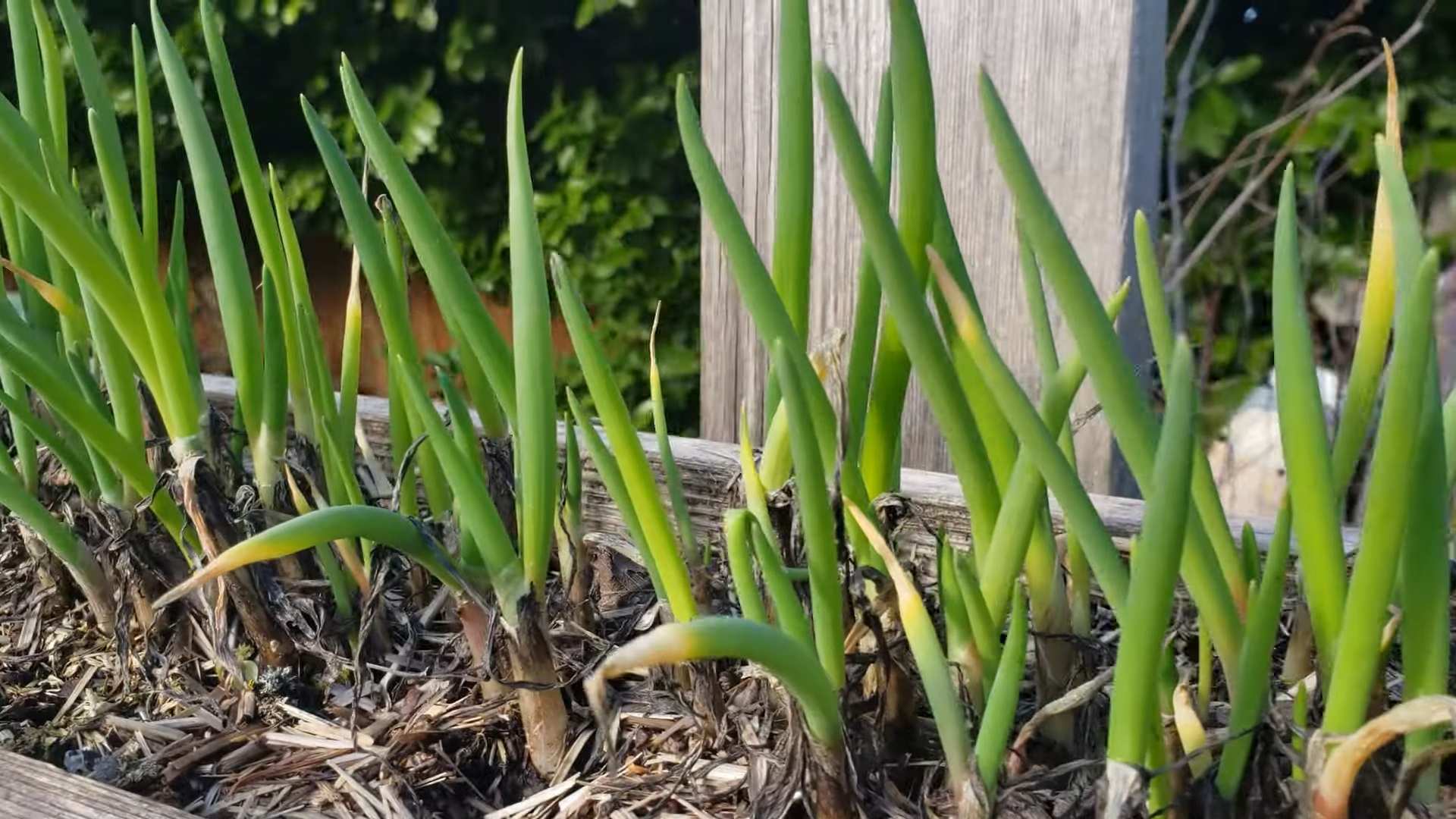
Regrowing Green Onions: A Simple DIY Guide
Hey there, fellow green thumb enthusiasts! Are you tired of throwing away those perfectly good green onion roots after using the tops in your cooking? Well, I’ve got some fantastic news for you: you can easily regrow green onions from scraps, saving money and reducing food waste. It’s a super simple process, and I’m going to walk you through it step-by-step. Trust me, even if you think you have a black thumb, you can do this!
What You’ll Need
Before we dive in, let’s gather our supplies. This is a pretty low-key project, so you probably already have most of these things lying around:
* A bunch of green onions (with the roots still attached, of course!)
* A small glass or jar
* Water
* Potting soil (optional, but recommended for long-term growth)
* A small pot or container (if you choose to plant them)
* Scissors or a sharp knife
Regrowing in Water: The Quick Start
This is the easiest and fastest way to get your green onions growing again. It’s perfect if you just want a quick burst of fresh green onions for your next meal.
1. Prepare the Green Onion Scraps: Using your scissors or knife, cut off the green tops of your onions, leaving about 1-2 inches of the white part with the roots attached. Don’t throw away the green tops! Use them in your cooking. I love adding them to stir-fries, salads, and soups.
2. Place in Water: Fill your glass or jar with enough water to cover the roots, but not so much that it submerges the entire white part of the onion. You want the roots to be in the water, but the cut end to be exposed to air.
3. Find a Sunny Spot: Place the glass or jar on a windowsill or in another location that receives plenty of sunlight. Green onions need sunlight to grow, so the more light they get, the better.
4. Change the Water Regularly: This is important! Change the water every 1-2 days to prevent bacteria growth and keep the water fresh. Stagnant water can lead to rot, and we definitely don’t want that.
5. Watch Them Grow!: Within a few days, you should start to see new green shoots emerging from the cut end. Isn’t that amazing? You’re basically giving those onions a second life!
6. Harvest and Repeat: Once the green shoots have grown to a usable length (usually a few inches), you can harvest them by cutting them off with scissors. Leave about an inch of the green shoots so they can continue to grow. And guess what? You can repeat this process over and over again!
Planting in Soil: The Long-Term Solution
While regrowing green onions in water is a great short-term solution, planting them in soil will allow them to grow larger and stronger, and it’s a more sustainable way to keep them going.
Preparing the Soil and Container
1. Choose a Container: Select a small pot or container with drainage holes. Drainage is crucial to prevent the roots from rotting. I like to use terracotta pots because they allow the soil to breathe.
2. Fill with Potting Soil: Fill the container with good-quality potting soil. Don’t use garden soil, as it can be too dense and may not drain well.
3. Moisten the Soil: Water the soil thoroughly until it’s evenly moist, but not soggy.
Planting the Green Onion Scraps
1. Dig Small Holes: Using your finger or a small tool, dig small holes in the soil, about 1-2 inches deep. Space the holes a few inches apart if you’re planting multiple green onion scraps in the same container.
2. Plant the Scraps: Gently place the green onion scraps into the holes, making sure the roots are covered with soil and the cut end is just above the soil surface.
3. Cover with Soil: Gently fill in the holes with soil, and lightly pat the soil around the base of the green onions.
4. Water Gently: Water the newly planted green onions gently to avoid disturbing the soil.
Caring for Your Planted Green Onions
1. Find a Sunny Spot: Just like with the water method, your planted green onions need plenty of sunlight. Place the container on a windowsill or in another location that receives at least 6 hours of sunlight per day.
2. Water Regularly: Water the green onions whenever the soil feels dry to the touch. Don’t overwater, as this can lead to root rot. A good rule of thumb is to water deeply but infrequently.
3. Fertilize (Optional): To encourage healthy growth, you can fertilize your green onions every few weeks with a diluted liquid fertilizer. Follow the instructions on the fertilizer package. I personally like to use a balanced fertilizer with equal parts nitrogen, phosphorus, and potassium.
4. Harvest and Enjoy: Once the green shoots have grown to a usable length, you can harvest them by cutting them off with scissors. Again, leave about an inch of the green shoots so they can continue to grow. You can harvest your green onions multiple times throughout the growing season.
Troubleshooting Tips
Even with the best intentions, sometimes things don’t go exactly as planned. Here are a few common issues you might encounter and how to fix them:
* Yellowing Leaves: Yellowing leaves can be a sign of overwatering, underwatering, or lack of nutrients. Check the soil moisture and adjust your watering schedule accordingly. If you haven’t fertilized in a while, try giving your green onions a boost with some diluted liquid fertilizer.
* Slow Growth: Slow growth can be caused by insufficient sunlight, poor soil, or lack of nutrients. Make sure your green onions are getting enough sunlight, and consider repotting them in fresh potting soil. Fertilizing can also help.
* Root Rot: Root rot is caused by overwatering and poor drainage. If you suspect root rot, carefully remove the green onions from the container and inspect the roots. If the roots are brown and mushy, trim away the affected areas and repot the green onions in fresh, well-draining soil. Make sure your container has drainage holes, and avoid overwatering in the future.
* Pests: Green onions are generally pest-resistant, but occasionally they can be affected by aphids or other small insects. If you notice pests on your green onions, try spraying them with a mixture of water and dish soap. You can also try using insecticidal soap or neem oil.
Extra Tips and Tricks
* Successive Planting: To ensure a continuous supply of green onions, start new scraps every few weeks. This way, you’ll always have fresh green onions on hand.
* Different Varieties: You can try regrowing different varieties of green onions, such as scallions or bunching onions. Each variety has its own unique flavor and texture.
* Indoor vs. Outdoor: Green onions can be grown indoors or outdoors, depending on your climate. If you live in a cold climate, you’ll need to grow them indoors during the winter months.
* Companion Planting: Green onions are great companion plants for many vegetables, such as tomatoes, peppers, and cabbage. They can help to deter pests and improve the flavor of these vegetables.
* Freezing Green Onions: If you have a surplus of green onions, you can freeze them for later use. Simply chop them up and place them in a freezer bag or container. They’ll keep in the freezer for several months.
So there you have it! Regrowing green onions from scraps is a fun, easy, and rewarding project that anyone can do. Not only will you save money and reduce food waste, but you’ll also have a constant supply of fresh, flavorful green onions right at your fingertips. Happy growing!
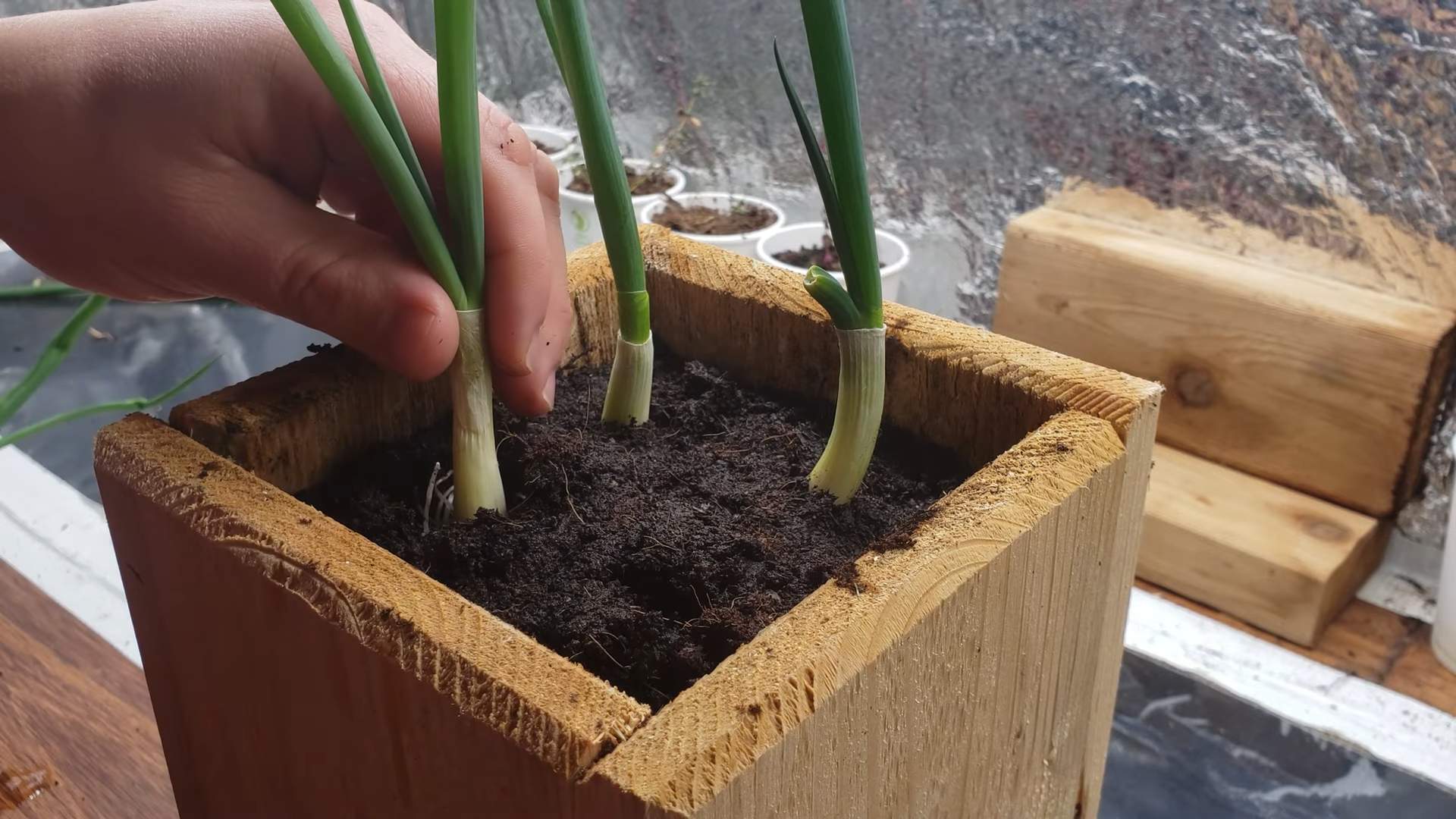
Conclusion
So, there you have it! Regrowing green onions from scraps isn’t just a fun kitchen experiment; it’s a genuinely practical and rewarding way to reduce food waste, save money, and have fresh green onions readily available whenever you need them. Forget those sad, wilted bunches at the grocery store – with a little water and patience, you can cultivate your own thriving supply right on your windowsill.
Why is this DIY trick a must-try? Because it’s incredibly simple, requires minimal effort, and delivers tangible results. Think about it: instead of tossing those leftover green onion roots into the trash, you’re giving them a second life, transforming them into a continuous source of flavorful goodness. It’s a small act with a big impact, both on your wallet and the environment. Plus, it’s a fantastic way to introduce children to the wonders of gardening and the cycle of life.
But the beauty of this method lies in its adaptability. While water propagation is a great starting point, you can easily transition your regrown green onions to soil for even more robust growth. Consider planting them in a small pot on your patio or even incorporating them into your existing garden bed. Experiment with different types of containers, from repurposed jars to decorative planters. You can even try growing them hydroponically for a truly unique and space-saving setup.
For a flavorful twist, try using different varieties of onions. While standard green onions are the most common choice, you can also experiment with scallions or even the tops of leeks. Each variety will offer a slightly different flavor profile, adding depth and complexity to your dishes.
Don’t be afraid to get creative with how you use your homegrown green onions. Sprinkle them on salads, soups, tacos, stir-fries, or omelets. Use them as a garnish for grilled meats or fish. Incorporate them into dips, sauces, and dressings. The possibilities are endless!
We wholeheartedly encourage you to give this DIY trick a try. It’s a simple, sustainable, and satisfying way to enhance your culinary creations and reduce your environmental footprint. And most importantly, have fun with it! Experiment, explore, and discover the joy of growing your own food.
Once you’ve experienced the magic of regrowing green onions from scraps, we’d love to hear about your experience. Share your tips, tricks, and photos on social media using #RegrowGreenOnions and let’s inspire others to join the movement! Let us know what worked best for you, any challenges you encountered, and the delicious dishes you created with your homegrown bounty. Together, we can create a community of resourceful and eco-conscious cooks.
Frequently Asked Questions (FAQ)
How long does it take for green onions to regrow?
Generally, you’ll start to see noticeable regrowth within a few days of placing the green onion scraps in water. Within a week or two, you should have a significant amount of new growth that you can harvest. The speed of regrowth can depend on factors like the temperature, sunlight, and the initial health of the green onion scraps. If you transfer them to soil, the growth rate may increase even further.
What part of the green onion do I need to regrow it?
You only need the white bulb end with the roots attached. Cut off the green tops, leaving about 1-2 inches of the white part intact. Make sure the roots are still present and healthy. If the roots are dried out, soak them in water for a few hours before starting the regrowing process.
How often should I change the water?
It’s important to change the water every 1-2 days to prevent bacterial growth and keep the green onions healthy. Stagnant water can lead to rot and hinder regrowth. When you change the water, gently rinse the roots to remove any debris.
Can I regrow green onions in soil instead of water?
Yes, absolutely! While water propagation is a great way to start, transferring the green onions to soil will provide them with more nutrients and support stronger growth. Once the roots have developed in water (usually after a week or two), you can plant them in a small pot filled with well-draining potting mix. Make sure to bury the white bulb end completely, leaving the green shoots exposed.
What kind of soil is best for regrowing green onions?
A well-draining potting mix is ideal for regrowing green onions in soil. You can also amend your soil with compost or other organic matter to provide additional nutrients. Avoid using heavy clay soils, as they can retain too much moisture and lead to root rot.
How much sunlight do regrowing green onions need?
Green onions thrive in bright, indirect sunlight. Place them near a sunny window where they can receive at least 6 hours of sunlight per day. If you don’t have a sunny window, you can supplement with a grow light. Avoid placing them in direct sunlight, as this can scorch the leaves.
How often should I water green onions grown in soil?
Water your green onions regularly, keeping the soil consistently moist but not waterlogged. Check the soil moisture by sticking your finger into the soil. If the top inch feels dry, it’s time to water. Avoid overwatering, as this can lead to root rot.
Can I use fertilizer to help my green onions grow?
Yes, you can use a diluted liquid fertilizer to help your green onions grow. Fertilize them every 2-3 weeks during the growing season. Choose a fertilizer that is balanced and contains essential nutrients like nitrogen, phosphorus, and potassium. Follow the instructions on the fertilizer packaging carefully to avoid over-fertilizing.
How do I harvest my regrown green onions?
You can harvest your regrown green onions by snipping off the green tops with scissors. Leave about an inch or two of the green shoots intact so that they can continue to grow. You can harvest them as needed, whenever you need fresh green onions for your cooking.
How many times can I regrow green onions from the same scraps?
You can typically regrow green onions from the same scraps several times, usually 2-3 times, before the growth starts to slow down. After that, the scraps may become exhausted and no longer produce new growth. At that point, it’s time to start with fresh green onion scraps.
Can I regrow other types of onions besides green onions?
While green onions are the easiest to regrow, you can also try regrowing scallions or the tops of leeks using the same method. The results may vary depending on the variety and the initial health of the scraps.
What if my green onions start to turn yellow or brown?
Yellowing or browning leaves can indicate a few different problems. It could be due to overwatering, underwatering, lack of sunlight, or nutrient deficiencies. Adjust your watering schedule, move the green onions to a sunnier location, and consider fertilizing them if necessary. If the problem persists, the scraps may be nearing the end of their lifespan and it’s time to start with fresh ones.
Are there any pests or diseases that affect regrowing green onions?
Green onions are generally resistant to pests and diseases, but they can occasionally be affected by aphids, thrips, or fungal infections. If you notice any pests, you can try washing them off with water or using an insecticidal soap. To prevent fungal infections, ensure good air circulation and avoid overwatering.
Can I grow green onions indoors year-round?
Yes, you can grow green onions indoors year-round as long as you provide them with adequate light, water, and nutrients. They don’t require a specific dormancy period, so you can continue to harvest them throughout the year.
Is regrowing green onions from scraps a sustainable practice?
Absolutely! Regrowing green onions from scraps is a highly sustainable practice that helps reduce food waste, saves money, and minimizes your environmental impact. By giving these scraps a second life, you’re reducing the amount of food that ends up in landfills and decreasing your reliance on commercially grown produce. It’s a small but significant step towards a more sustainable lifestyle.

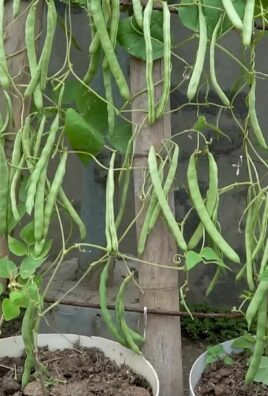
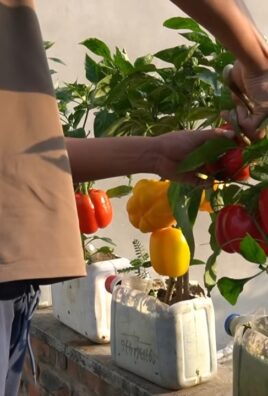
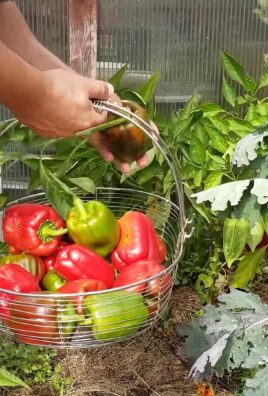
Leave a Comment